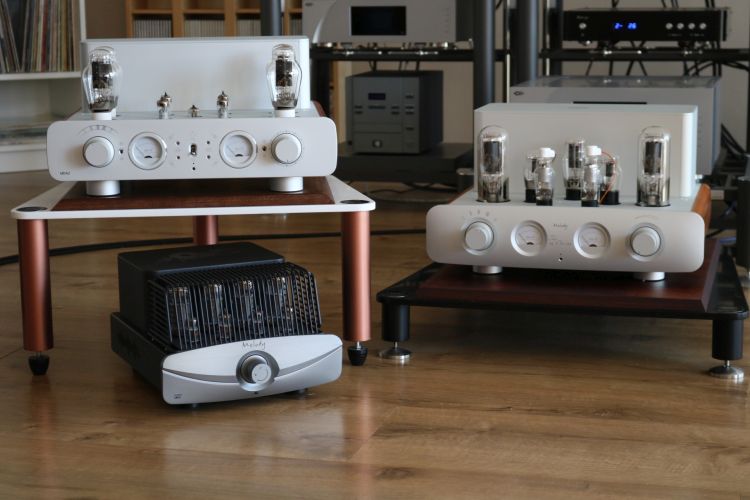
MDA2
The MDA2 integrated amplifier uses a quad of Melody 2A3 tubes (presumably in Push-Pull) to output 2x 13 Watts in pure Class A. The driver and gain tubes are 4x “Made In Brittain” XF184 and a single USA-made Western Electric WE407 X. Inside, the amp uses Mundorf capacitors and point-to-point wiring.
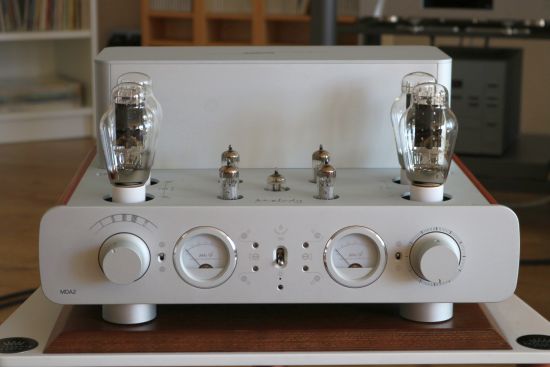
The Bias control is accessible on top of the amplifier panel and can be set using the built-in, beautifully back-lit, true ampere meters on the front panel. The amplifier’s side cheeks are made of wood to add a smooth and classy touch. Like all Melody amplifiers, the MDA2 has a Soft Start and 30-second time-delay.
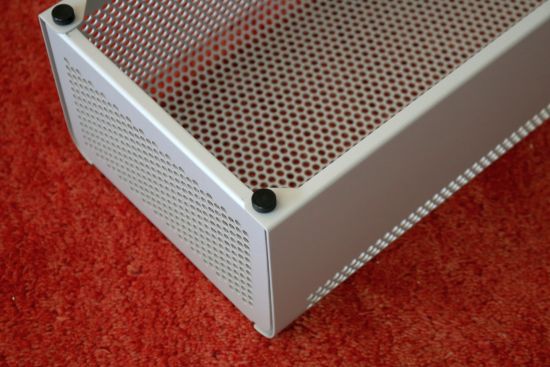
An aluminum cage with magnetic feet and a full-aluminum infrared remote control are included. The amp offers 4 cinch inputs and an XLR input and has separate speaker taps for 4 Ohms and 8 Ohms.
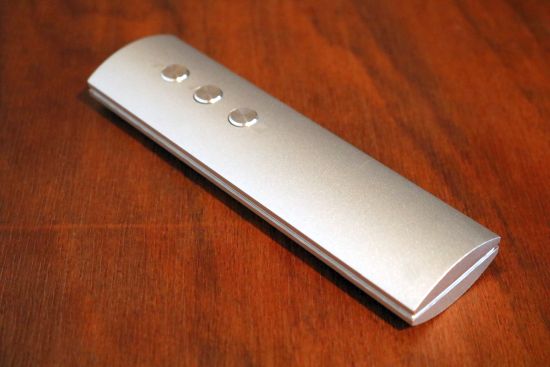
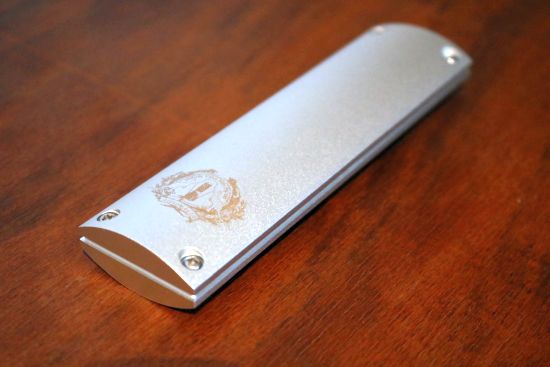
After switch-on, the MDA2 emits no hum or hiss from the speakers and, when sitting close, only a very mild hum from the transformer housing. It’s so soft, however, that it cannot be heard at the listening position that, in this room, is only 3 meters away, making this really a non-issue. While this may seem like faint praise, I found that it’s actually rare for a tube amp to be this silent.
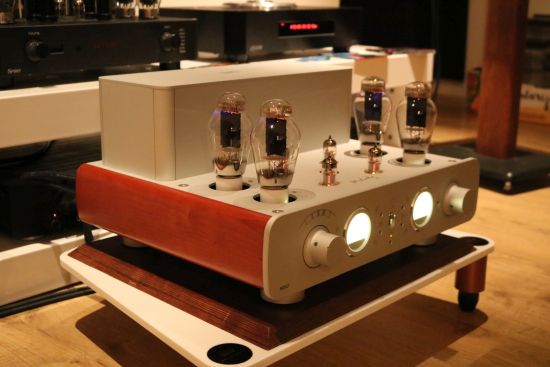
Listening
Sonically, the MDA2 paints an entirely different picture than the Action Ultra. Sure, it’s considerably more expensive but from the very first minutes that it plays (even before being warmed up) it’s clear that it performs solidly in the high-end league. I don’t use that term lightly and when I do, I mean it. Although most tube amps that I listened to had to yield to the Ayon Spirit III in multiple aspects, the MDA2 actually outperforms it in nearly all aspects, something that has not happened before!
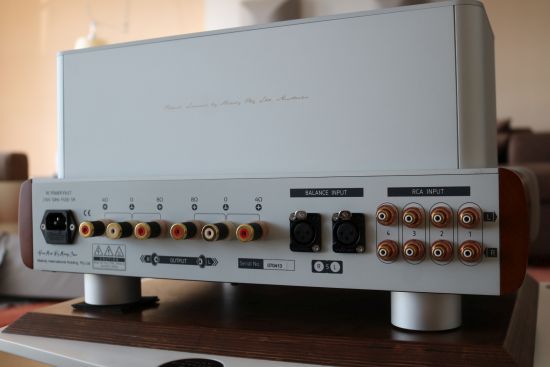
The MDA2 sounds beautifully linear and transparent, finely detailed, and highly refined. In all these aspects, it outperforms the Spirit III. That, I did not see coming. The MDA2 sounds captivatingly pure and is highly revealing yet supremely gentle which results in a fascinating performance that lays bare all that’s inside the recordings. It’s very neutral and analytical, but never clinical and its timbre is spot-on natural. The bass, nearly always an aspect in which tube amplifiers perform less well than transistor amplifiers, is fast and tight and beautifully articulate, and with perfect pacing, it’s neither slow nor hurried. The bass is a little lean compared to the Ayon’s but then, nearly every other amplifier sounds less solid than the Ayon, and that goes even for many a transistor amp. Whether one presentation or the other is preferred, is of course a personal matter as well as something that will be dictated by the rest of the system. The Xavians do not have huge bass and for this reason, I tend to prefer fuller-sounding amplifiers in this room. On balance, however, I’d say that the Melody is more neutral as well as more linear than the Ayon and thus, strictly speaking, the better amp.
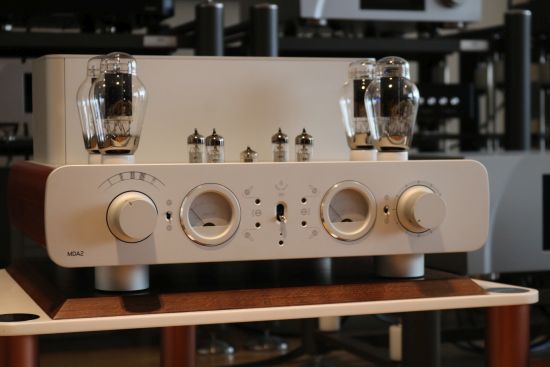
The only area in which one could lay blame at the amplifier’s performance is in terms of power. Although it outperforms the Action Ultra in literally all audiophile parameters, with 2x 13 Watts, the MDA2 is not a powerhouse. But, as mentioned, at 88dB’s, the Xavians are not very efficient, either. Still, you honestly do not notice the power limit unless playing really loudly at which point the amplifier will start to distort. The solution is easy enough: either lower the volume a little or use more efficient speakers. I’d wager that a couple of dB’s more sensitivity will already be enough.
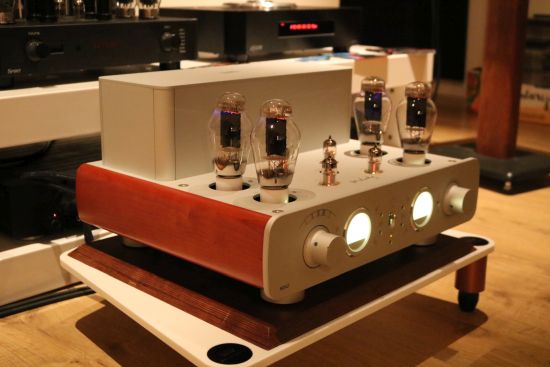
As with the Action Ultra, again, I felt that the AudioQuest Water ideally matched the amplifier. And, again, as with the previous amp, I found that both the FoilFlex and the Driade worked equally well. This time, however, the MDA2’s carefully balanced sound makes that it does not require further tweaking to give its best. One can simply choose from a wide palette of speaker cables and use whatever best fits the rest of the system or the personal taste.
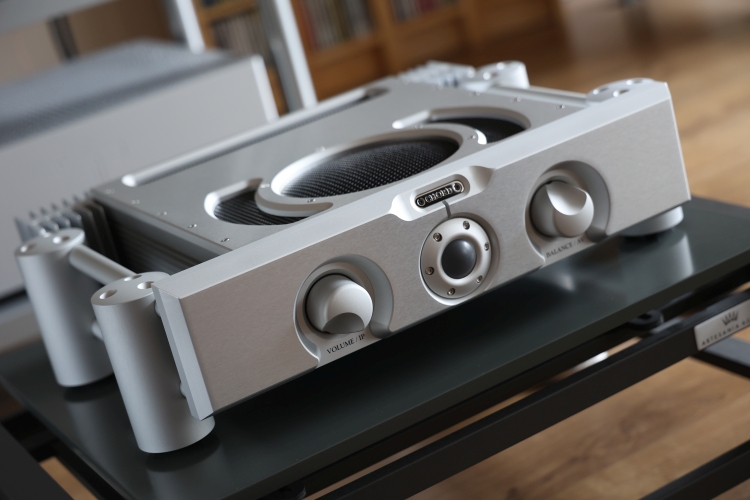
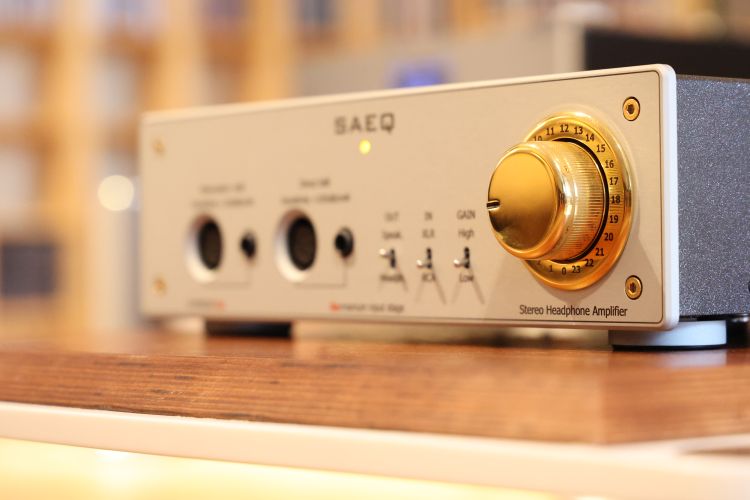
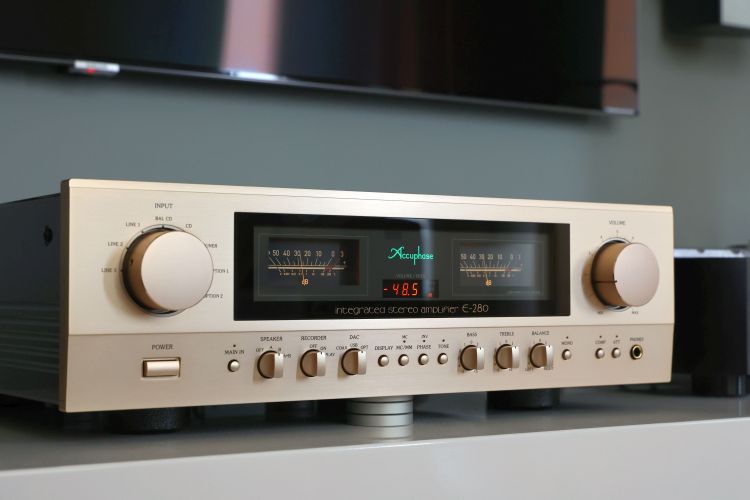
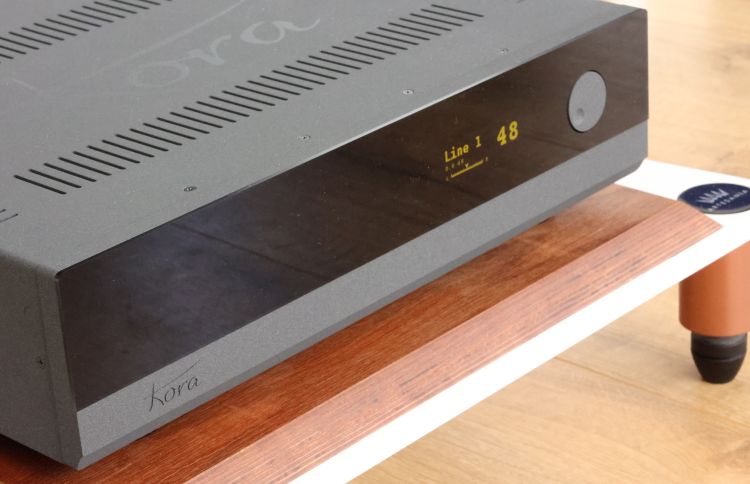
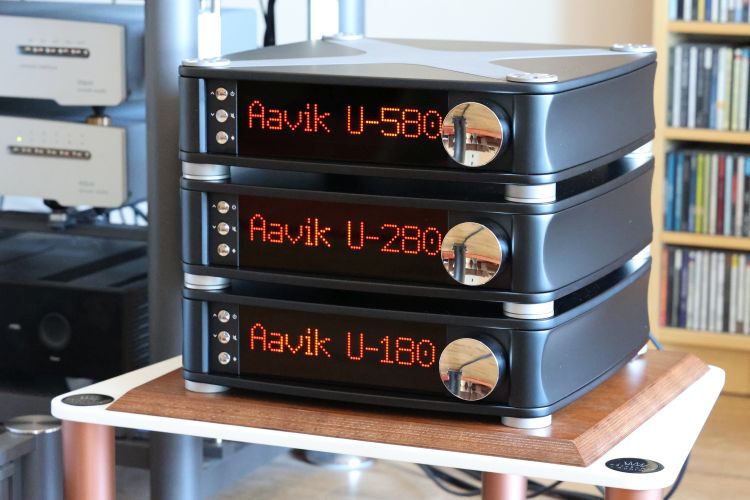
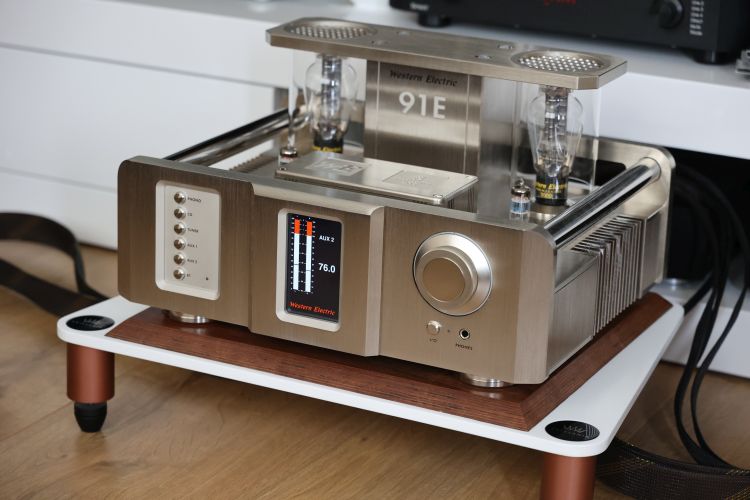
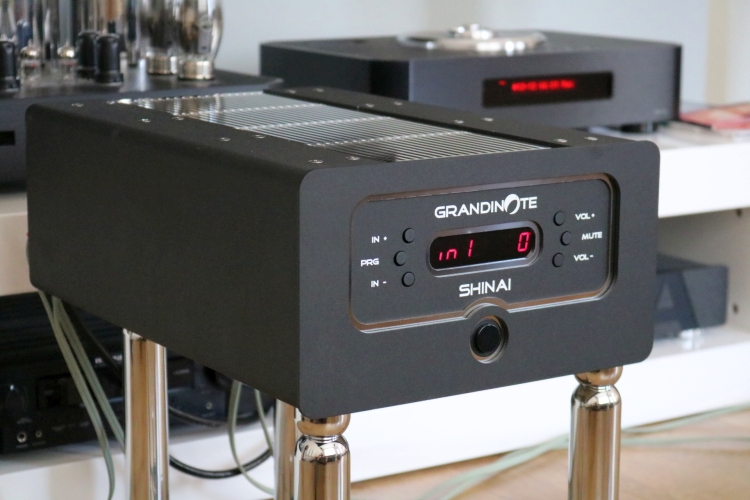
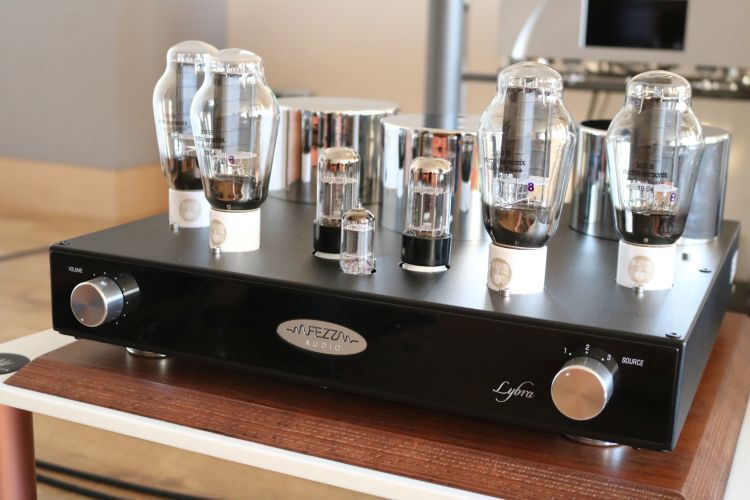
Christian,
Very succinct and well done! I was especially intrigued by the MDA2 review I am right now listening to a pushpull 2a3 amp on loan from my dealer. The 2a3 is my favorite DHT and running it PP as in the MDA2 makes for truly realistic power on tap. I agree the 2a3 sound is very linear and very transparent the MDA2 looks like an excellent value.
And I’ve never personally heard the 211 tube before but it was of course the power tube of the Iconic Ongaku so I can imagine how good that Everest sounded.
Cheers,
Jon
Cheers Jon!